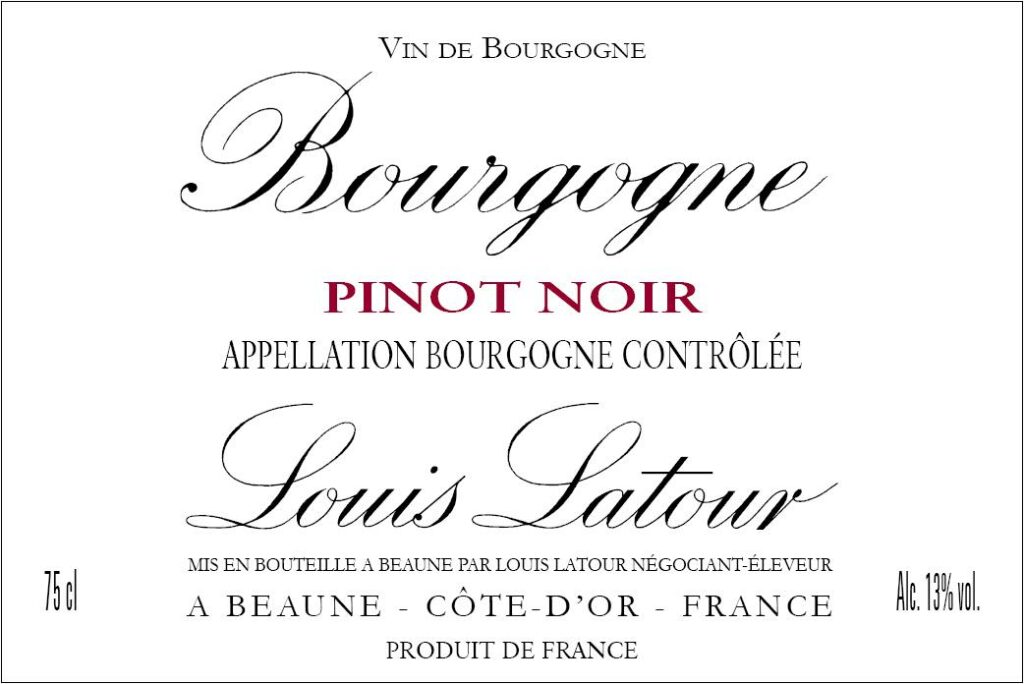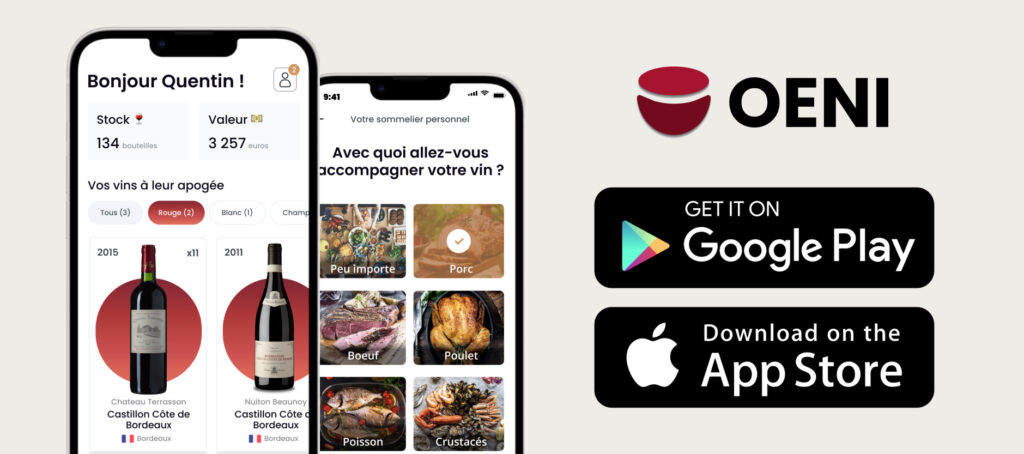The wine label is more than just a bottle cover. It plays a decisive role in the purchasing decision. Between visual strategy, legal information and brand image, every detail is carefully studied. Understanding how labels work helps you read a wine and anticipate what's behind the bottle.
Wine labels: a dual-purpose medium
A wine label fulfills two essential functions. It informs the consumer about the product and serves as a marketing tool. Design, typography and choice of colors all have a strong influence on the way wine is perceived. An elegant font evokes tradition. A modern visual attracts a younger audience. Leading wineries take great care with their wine marketing, as the label represents the first visual contact with the customer. At the same time, the label must comply with strict standards, governed by wine regulations.
Mandatory information under wine regulations

In France, as in theEuropean Unioncertain information must appear on every bottle of wine. The name of the appellation, the alcohol content, the quantity, the geographical origin, the name of the bottler and the presence of allergens are mandatory. These elements are governed by current wine regulations. Other indications, such as vintage or grape variety, are not systematically compulsory, but are highly appreciated. Compliance with this legislation avoids penalties and guarantees transparency for the consumer.
The impact of wine marketing on consumer choice
Wine marketing is based on visual psychology. A label must evoke the history of the estate or the winemaker's philosophy. Top-of-the-range bottles often favor sobriety. Organic or natural producers rely on raw, artisanal or bold visuals. Younger ranges, on the other hand, opt for bright colors and offbeat messages. The objective remains the same: to capture attention and stand out on the shelf. The wine label thus becomes a veritable brand showcase.
Label styles and their symbolism
Certain label styles correspond to specific expectations. A traditional label with a coat of arms reassures a conservative consumer. A minimalist label attracts a lover of clean design. Colorful graphics attract a curious, trend-conscious public. In all cases, each winery builds a wine label strategy in line with its identity. This coherence between visual style and wine quality strengthens buyer confidence and loyalty.
Current trends in labeling
Wine marketing is evolving with consumer practices. More and more winemakers are focusing on authenticity, transparency and emotion. QR codes are appearing on back labels to offer more content: virtual tours of the winery, technical data sheets, tasting tips. Others are innovating with recycled labels or labels printed with vegetable-based inks. The aim is to promote an ecological commitment while complying with wine regulations.
Labels and appellations contrôlées
Wines classified under an appellation d'origine contrôlée (AOC) must comply with precise criteria, including in their labeling. The name of the AOC must be prominently displayed. The same applies to IGPs and vins de France. The mention of grape variety, vintage or winemaking conditions remains optional, but producers use them as marketing arguments. The wine label thus becomes a guarantee of authenticity and origin, in direct line with wine regulations.
Traps to avoid when reading a label
Some terms can be confusing. A mention such as "cuvée spéciale" does not guarantee superior quality. The word "château" is only of value in certain AOCs. It's also important to distinguish between genuine producers and wine merchants. Careful reading of wine labels can help you avoid marketing pitfalls. Checking the origin, bottler and type of wine helps you make an informed choice.
Towards global harmonization of regulations
Each country has its own labeling rules. However, with the boom in exports, wine marketing professionals are lobbying for harmonized standards. Some would like to simplify mandatory information or standardize pictograms (allergens, recycling). The aim is to facilitate understanding and limit translation errors, while respecting the requirements of local wine regulations.
The wine label as a storytelling tool
A major trend in wine marketing is storytelling. The label becomes a narrative space. It tells the story of the estate, the characteristics of the terroir or the winemaker's philosophy. This approach appeals to consumers in search of authenticity. Unspoiled wines and confidential cuvées find an ideal place to express themselves. This narrative dimension gives a new function to the wine label, over and above its informative function.
The future of labeling in a connected world
Tomorrow, wine labels will no longer be just physical. With digitalization, interactive connected labels are appearing. These will provide access to videos, food and wine pairings, and tasting notes. Wine marketing is gradually adopting digital tools to create a complete experience around the bottle. Wine regulations will also evolve to support these new practices. Clarity, accessibility and traceability remain the pillars of this revolution.
If you enjoyed this article, don't hesitate to read the following article "Which wine to choose to accompany a saffron-based dish?"which may also be of interest to you!





